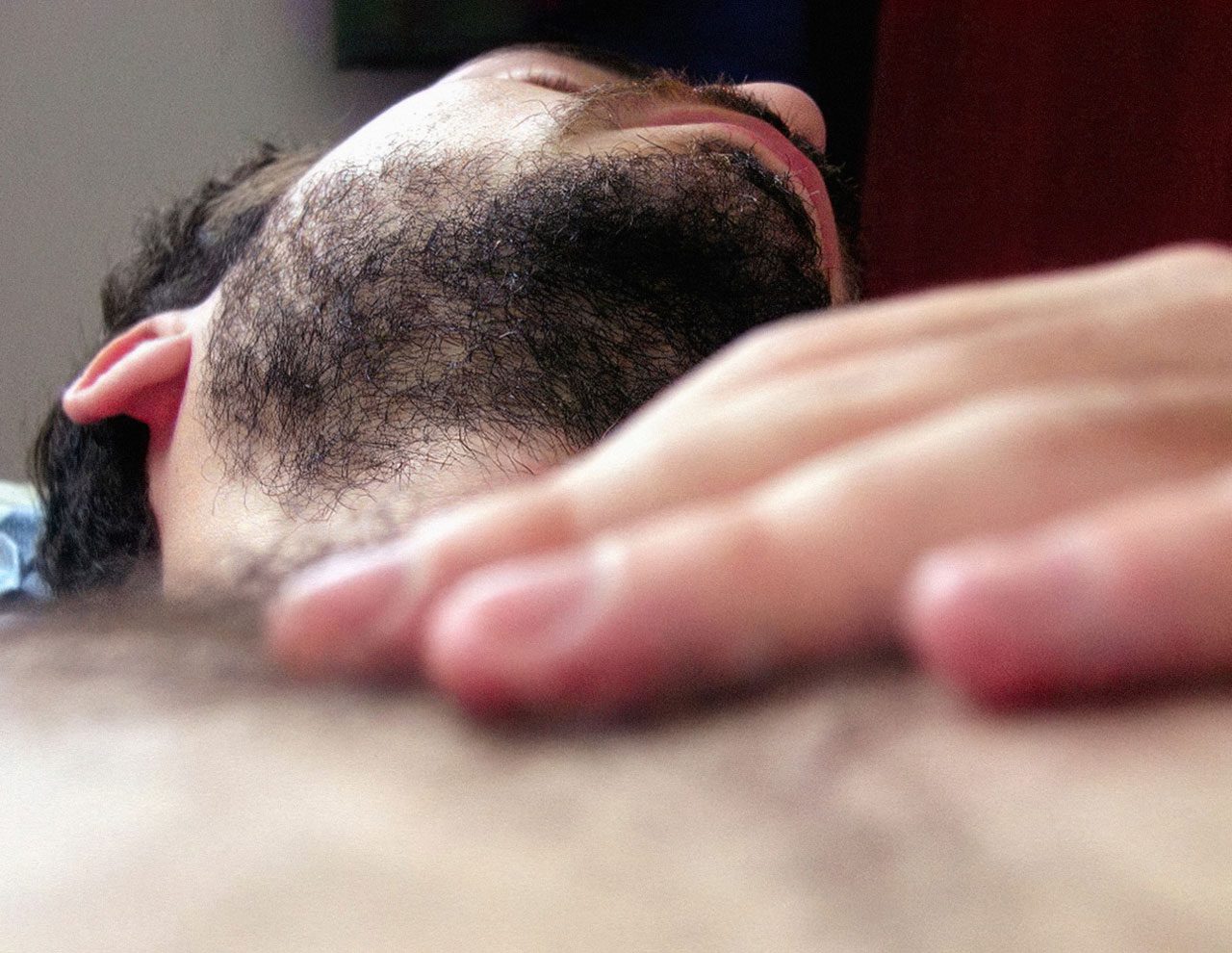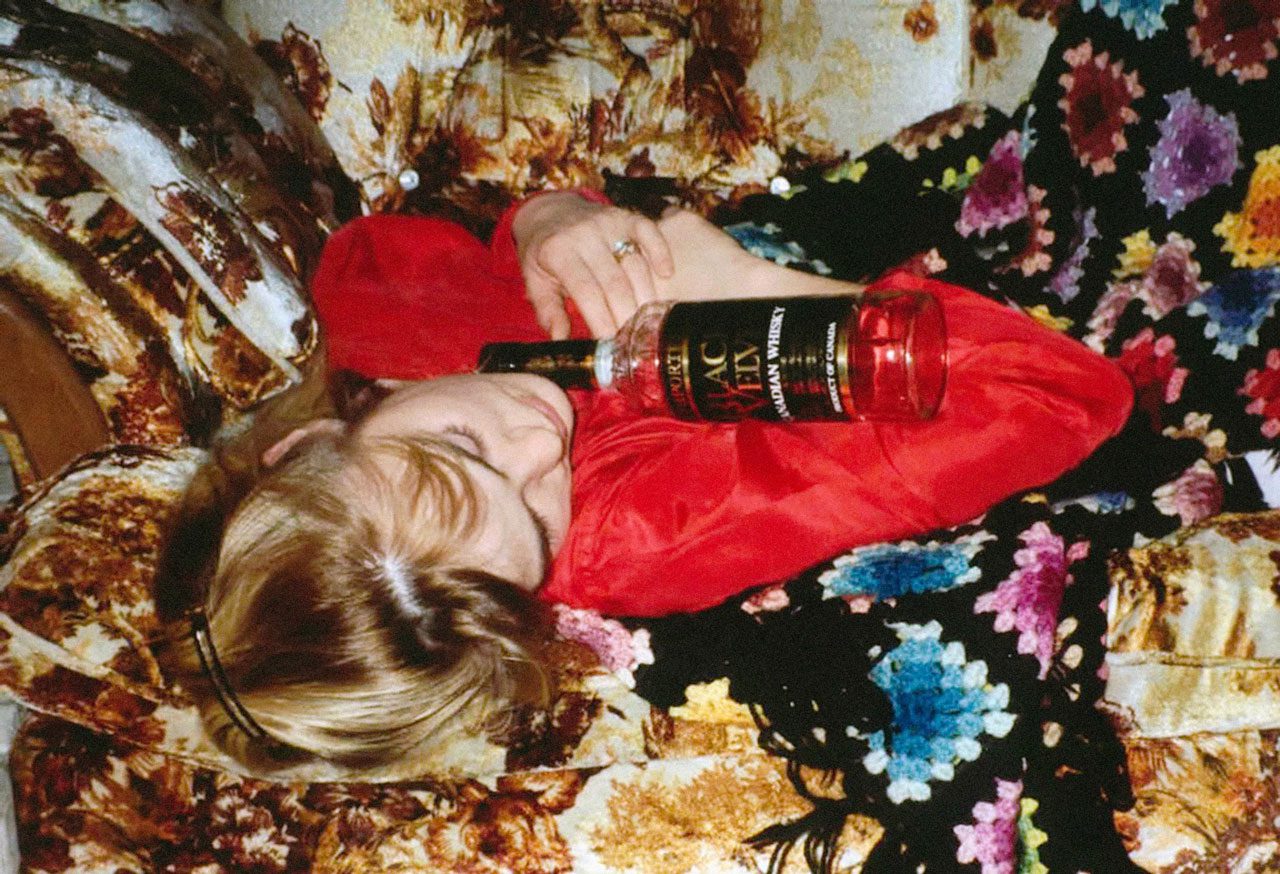PHOTO: Steven Shearer-The Golden Recline
For over 20 years, Steven Shearer has worked with a wide range of materials including, print, sculpture, painting, drawing, and collaged found photography. Shearer has become increasingly well known for his adept portraits of figures painted within interior spaces. These portraits recall figures from past music subcultures and art historical paintings and are rendered employing stylistic references from Fauvism and Symbolism to German Romantic Art.
By Dimitris Lempesis
Photo: Galerie Eva Presenhuber Archive
The photographs in the exhibition “The Golden Recline” were sourced from the Steven Shearer’s extensive collection of found online images depicting individuals asleep. These photographs date back to the early days of the internet when platforms like Picasa, Blogger, and Photobucket played a key role in the hosting and sharing of images. None of these photographs can be found online today, nor can they be reverse image searched. While they may still exist on personal servers or digital cameras, their public-facing presence has, in most cases, vanished from the world. In this exhibition, the photographs of sleeping bodies strike various poses. Some figures lie completely unconscious, their limbs slack, seemingly detached from the waking world. Others appear spellbound in a haze of intoxication, their faces flushed and bodies loosely arranged. Extreme close-ups emphasize intense, even unsettling details: a thread of drool suspended at the corner of a mouth, or the scrawl of marker ink on unsuspecting exposed skin. In stark contrast, two sleeping babies convey an ethereal calm, their small, still bodies conveying a serene, angelic innocence. For some, exhaustion appears to have overtaken them entirely, leaving their bodies collapsed onto couches or beds as if surrendering to the night’s excesses. Yet beds are not always necessary. Sleep descends in unexpected places: in the confined space of parked cars under the afternoon sun, on well-worn leather couches in dimly lit rooms, or sprawled unceremoniously on the flat, nondescript carpets of a hotel floor. Wearing the clothes on their backs, these figures gesture toward sleep as an unguarded act of surrender, where fatigue prevails, no matter how improvised the resting place. When an earlier version of this work was presented on public billboards in Vancouver in 2021, it faced swift censorship. To the small audience who managed to view the work only for two days before its removal, the photographs appeared to depict individuals who were dead. Facing this public backlash, the same billboard company that had agreed to display the photographs abruptly covered them up. At the time of their censorship, perhaps what made the reaction to the works so strange was that the photographs echoed distant art historical paintings and sculptures. While some had a visceral response to the work, associating the images with death, others were reminded of art historical works. These distant art historical echoes are also found i. Shearer refers to these references as “phantom characters,” images that linger in our everyday lives. These phantoms act as markers of temporal strangeness, passing through the present like a cold breath of fresh air. The work teeters on a knife’s edge, summoning references to the exalted while still invoking visceral associations with death and mortality. However, the images remain simply what they are: everyday snapshots of sleep found online and forgotten. Shearer’s images of sleep can be understood through Aby Warburg’s concept of “pathos formulae” (Pathosformeln), fundamental gestures and expressions that echo distant art historical works, transmitted and transformed across time. These gestures, which Warburg believed often encapsulated intense emotional states, like ecstasy or suffering, persist through history, reappearing in new contexts and media. The Pathosformeln convey corporeal forms of temporal survival, where an image of pathos, once inscribed in history, endures and evolves, taking on new forms and media. In this mode, the image becomes a vessel of temporal disorientation: a photograph of a sleeping person might recall the erotic pose of an Egon Schiele nude in its composition and affect, yet remains firmly rooted in the contemporary reality of an image once photographed and later shared online. Perhaps another aspect of the work’s strangeness lies in how the figures do not consciously express emotion but instead embody these states and associations through the involuntary act of sleep. This involuntary stillness becomes an entry point into Shearer’s broader engagement with the vexed nature of sleep in a culture shaped by 24/7 capitalism, where rest is both disrupted and devalued.
Photo: Steven Shearer, Black Velvet, 2025, UV print on canvas; framed, Unique, Image 277.5 x 408 cm / 109 1/4 x 160 5/8 in, Frame 280 x 408 cm / 110 1/4 x 160 5/8 in, © Steven Shearer Courtesy the arist and Galerie Eva Presenhuber
Info: Galerie Eva Presenhuber, Zahnradstrasse 21, Zurich, Switzerland, Duration: 5/4-16/5/2025, Days & Hours: Tue-Fri 11:00-18:00, www.presenhuber.com/
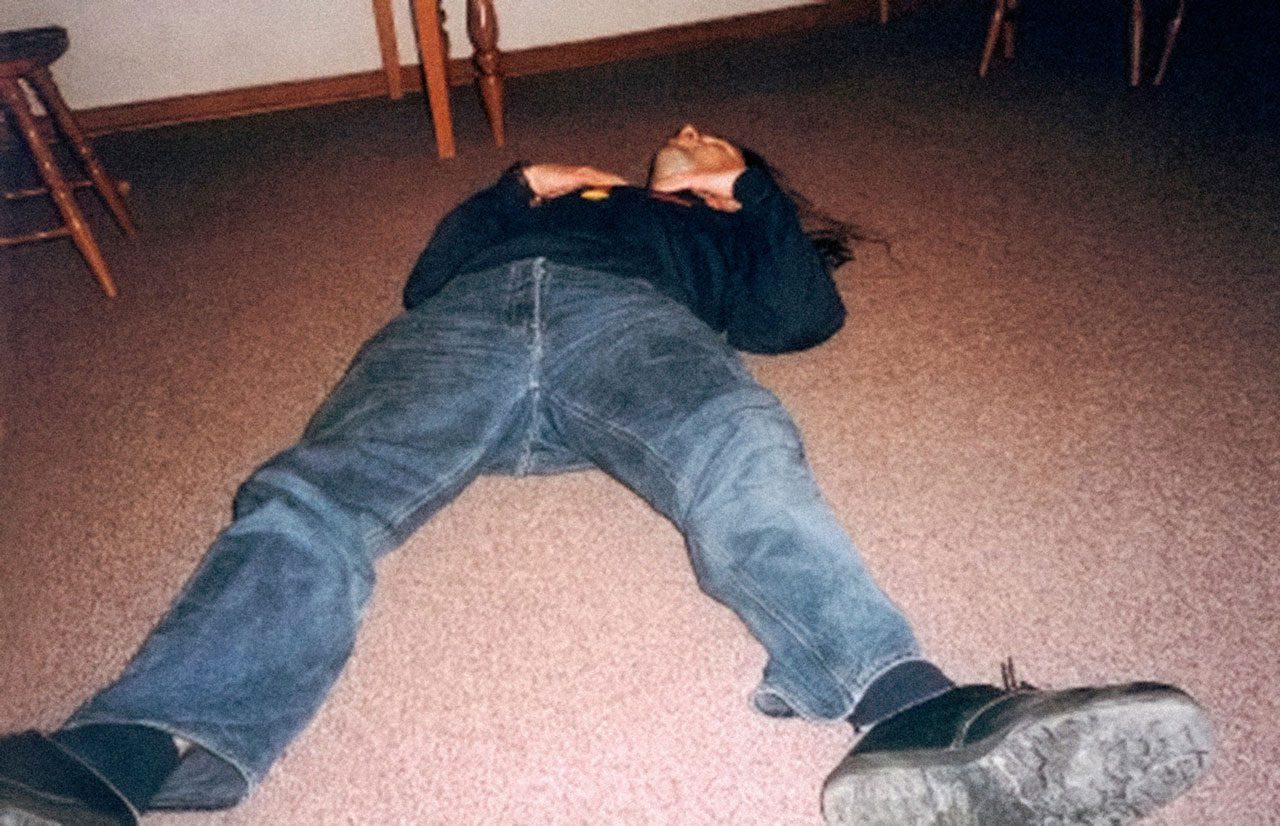
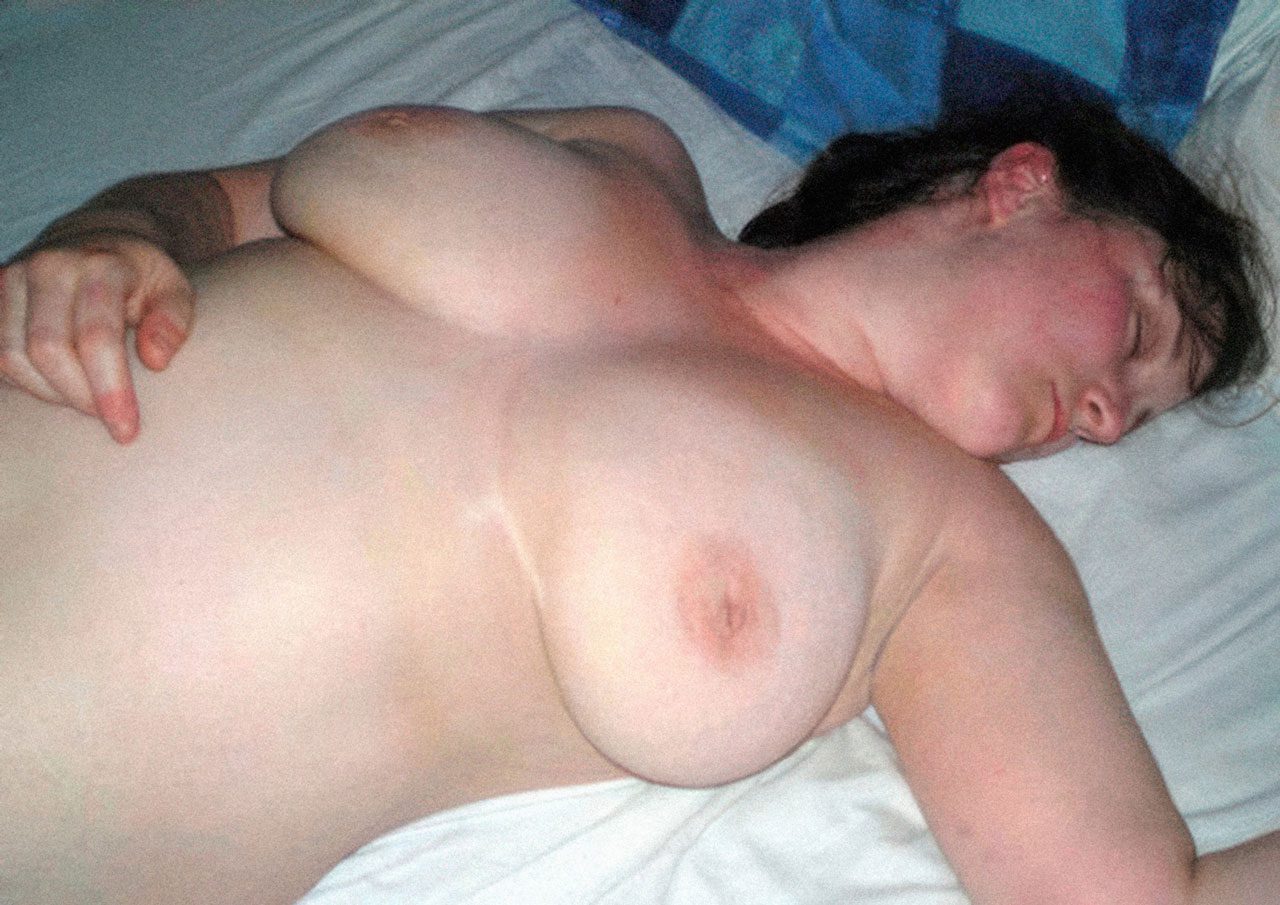
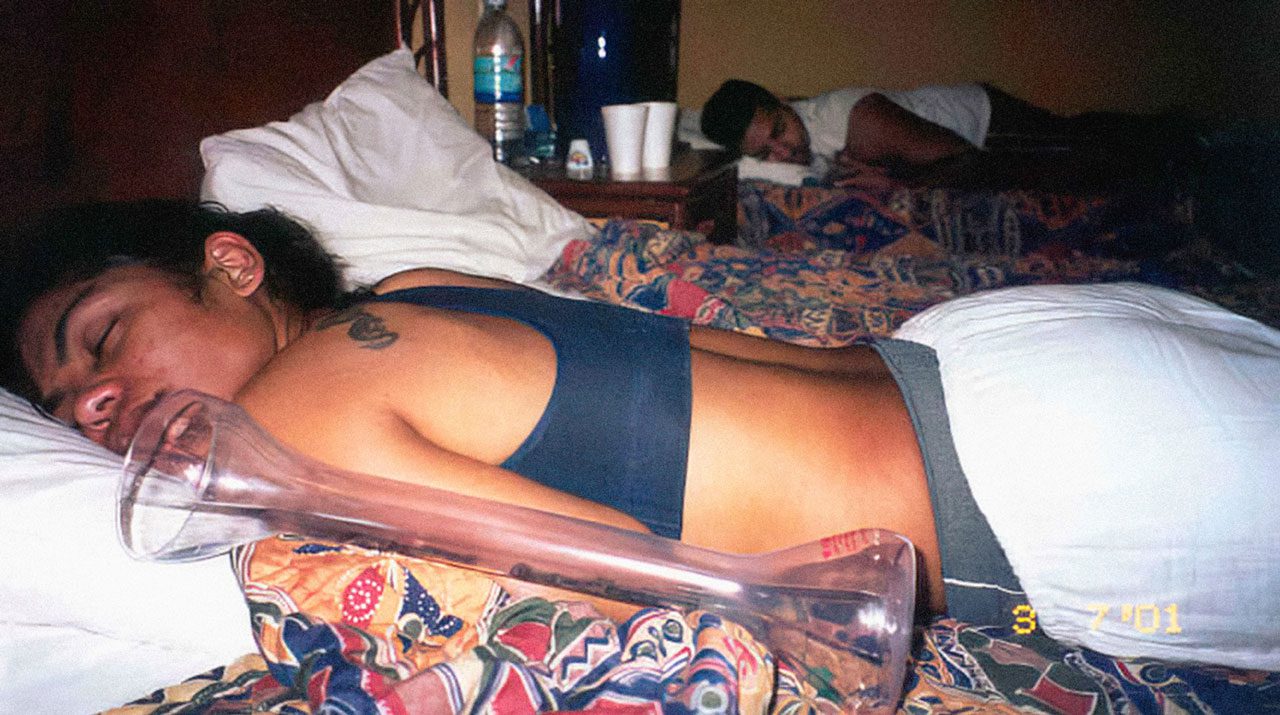
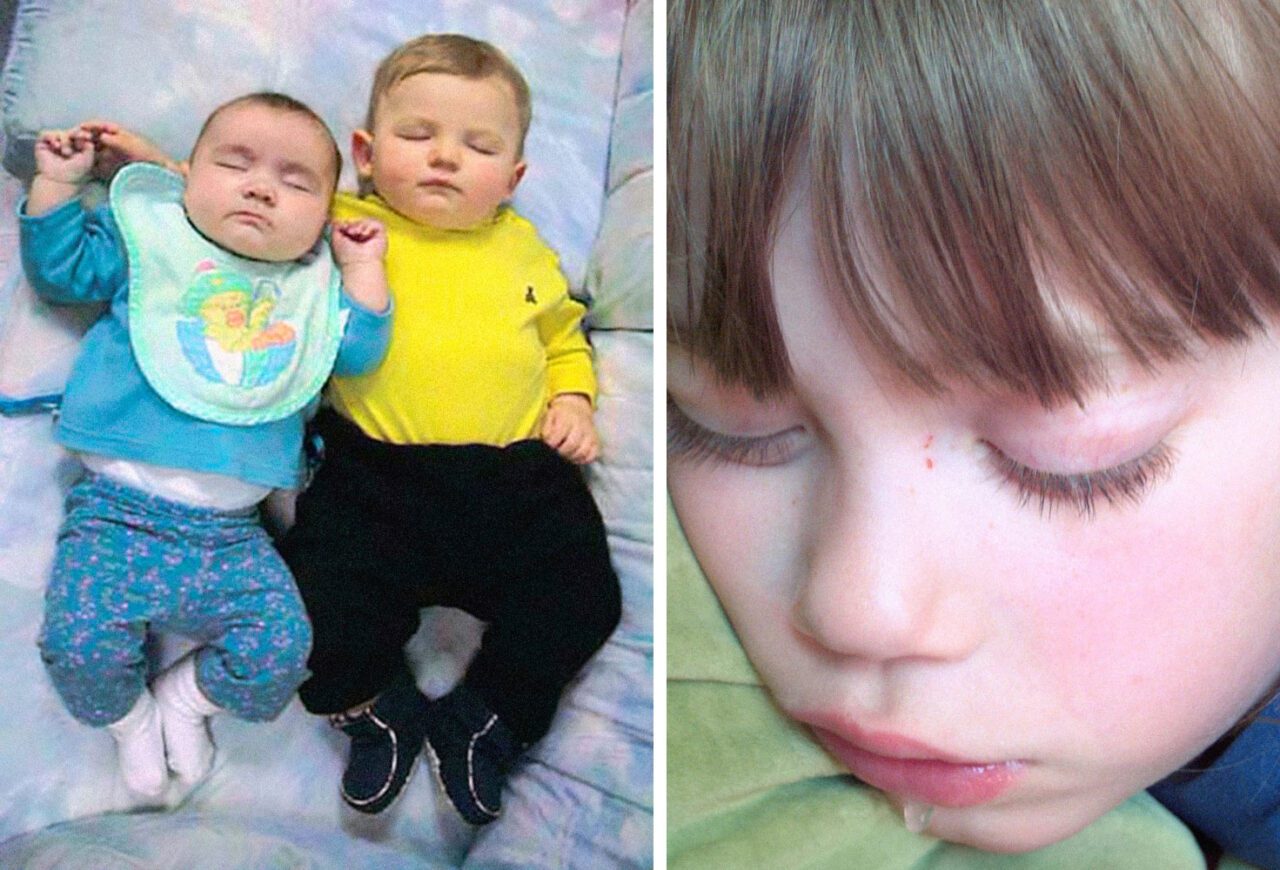
Right: Steven Shearer, Sleep’s Fountain, 2025, UV print on linen; framed, Unique, Image 158.5 x 114 cm / 62 3/8 x 45 in, © Steven Shearer Courtesy the arist and Galerie Eva Presenhuber
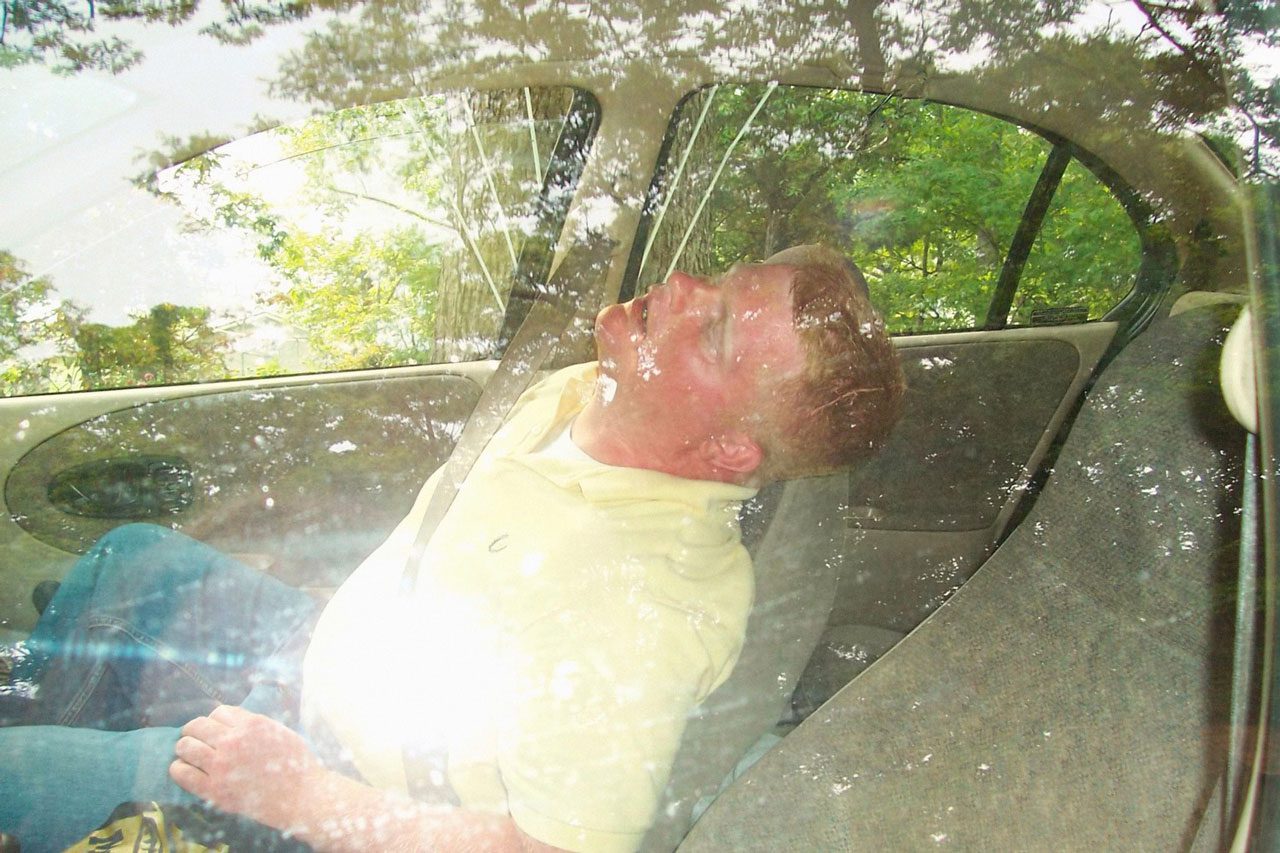
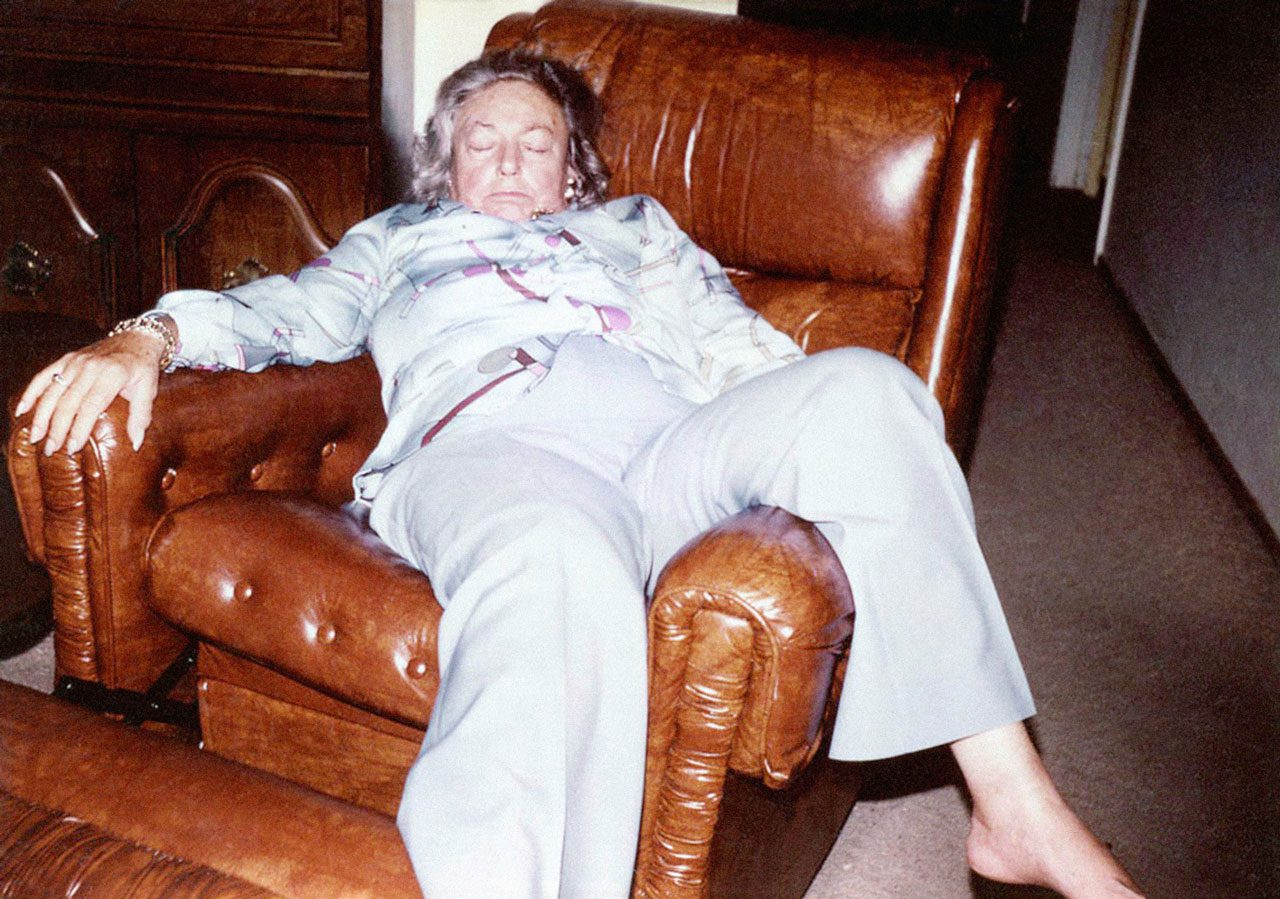
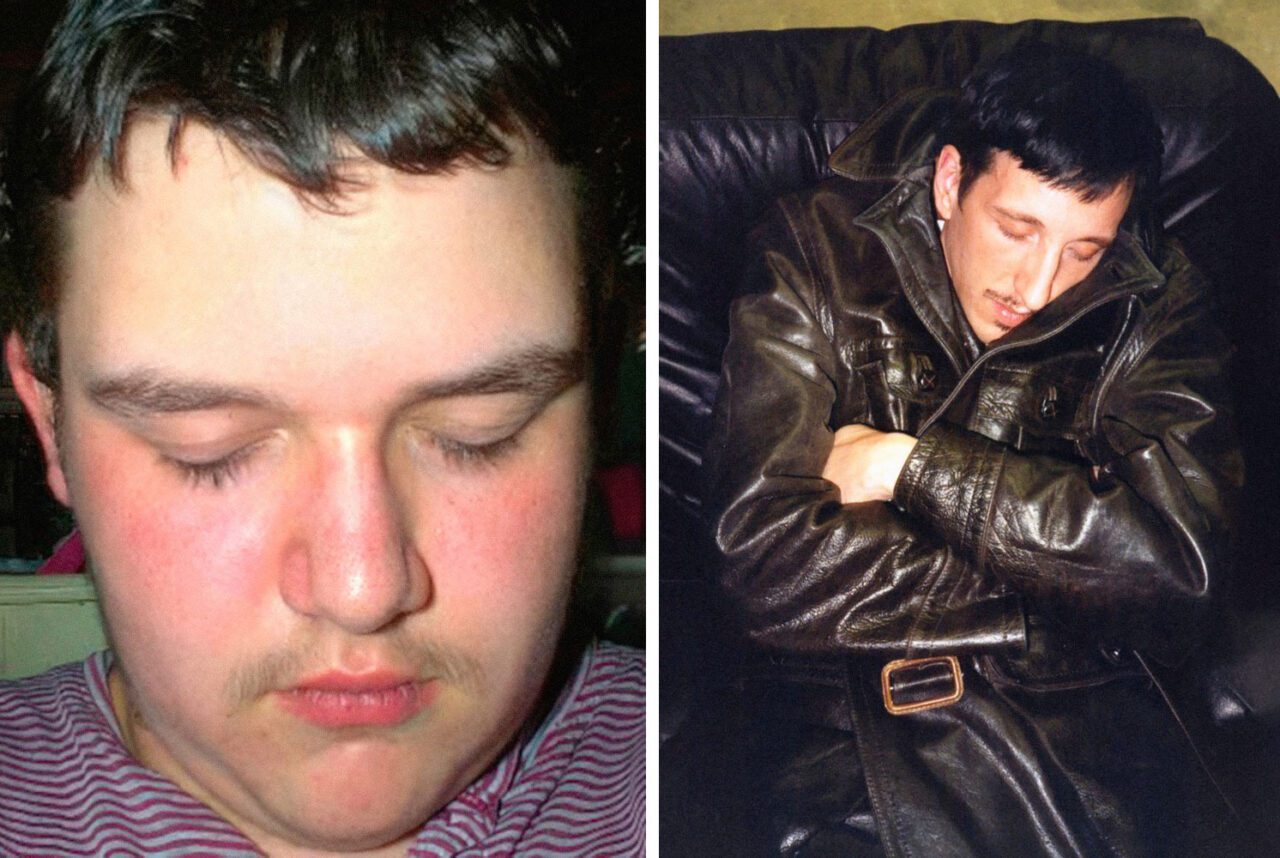
Right: Steven Shearer, Leathered Man, 2025, UV print on canvas; framed, Unique, Image 368.5 x 267.5 cm / 145 x 105 3/8 in, Frame 371 x 270 cm / 146 1/8 x 106 3/8 in, © Steven Shearer, Courtesy the artist and Galerie Eva Presenhuber
